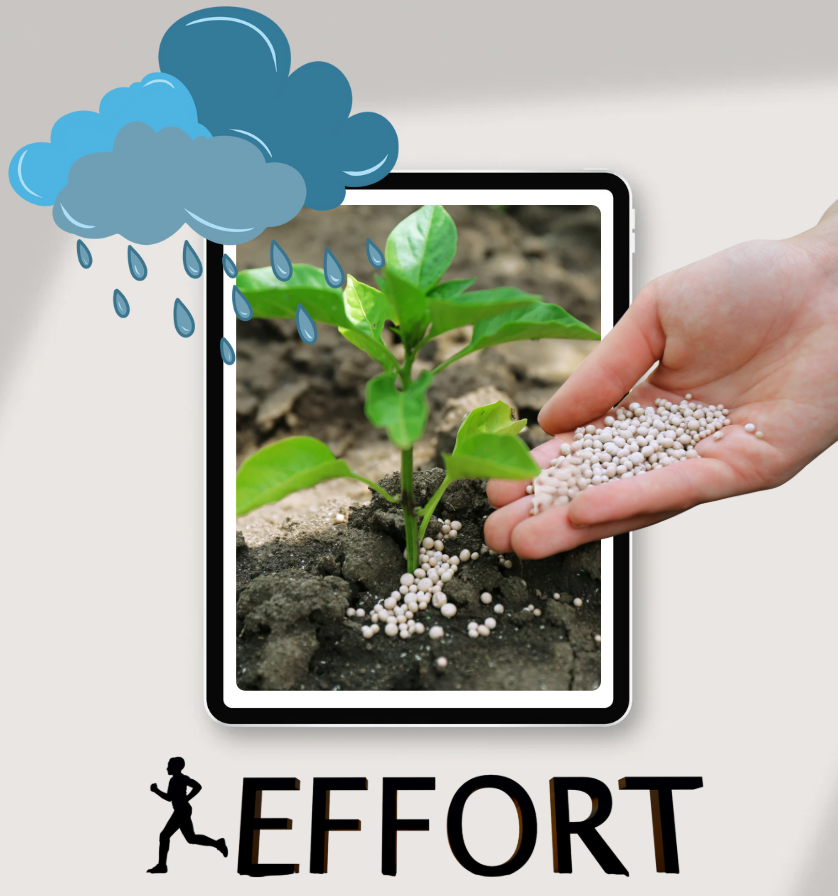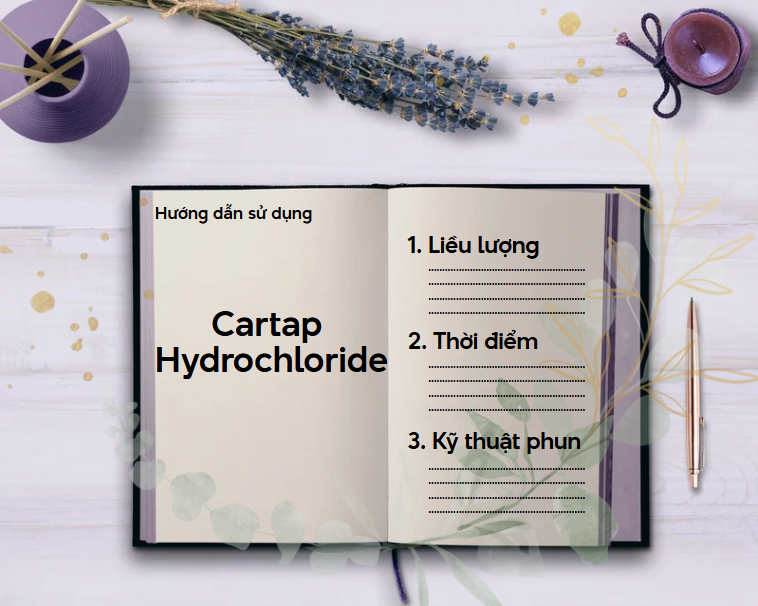
Effective Use of Cartap Hydrochloride: Dosage, Timing, and Spraying Techniques
Cartap Hydrochloride is one of the most popular insecticidal active ingredients today, known for its strong efficacy, low toxicity, and environmental friendliness. However, to maximize its effectiveness while ensuring the safety of crops and users, it is essential to apply the correct dosage, at the right time, with proper spraying techniques. This article will help you master the use of this active ingredient in agricultural practices.
1. What is Cartap Hydrochloride?
Cartap Hydrochloride belongs to the Nereistoxin analogue group and acts through contact and stomach poisoning. It works by inhibiting the central nervous system of insect pests, causing paralysis and death. It has a broad spectrum of action and is highly effective against pests such as leaf rollers, stem borers, diamondback moths, and armyworms.
2. Recommended Dosage by Crop
|
Crop |
Target Pest |
Dosage (g/ha or ml/ha) |
|
Rice |
Leaf rollers, stem borers |
300 – 400 g/ha |
|
Corn (maize) |
Stem borers, fall armyworms |
300 – 500 g/ha |
|
Mustard, Cabbage |
Diamondback moths, green caterpillars |
250 – 400 g/ha |
|
Industrial crops (tea, sugarcane) |
Stem borers, leaf miners |
350 – 500 g/ha |
⚠️ Always read the usage instructions specific to each Cartap-containing product, as dosages may vary depending on formulation (powder, liquid, concentration, etc.).
3. Optimal Timing for Spraying

Time of Day:
- Spray early in the morning (6:00 – 9:00 AM) or late afternoon (4:00 – 6:00 PM) to avoid strong sunlight, which can cause rapid evaporation, and to ensure user safety.
Pest Development Stage:
- Spray immediately upon detecting early instar larvae (1st–2nd instar), before they cause significant damage.
- Avoid waiting until pests mature, as effectiveness is significantly reduced.
Crop Growth Stage:
- For rice: Spray during the tillering to panicle initiation stage when leaf roller infestations are common.
- For vegetables: Monitor frequently and apply at 7–10 day intervals if pest presence recurs.
4. Proper Mixing and Spraying Techniques
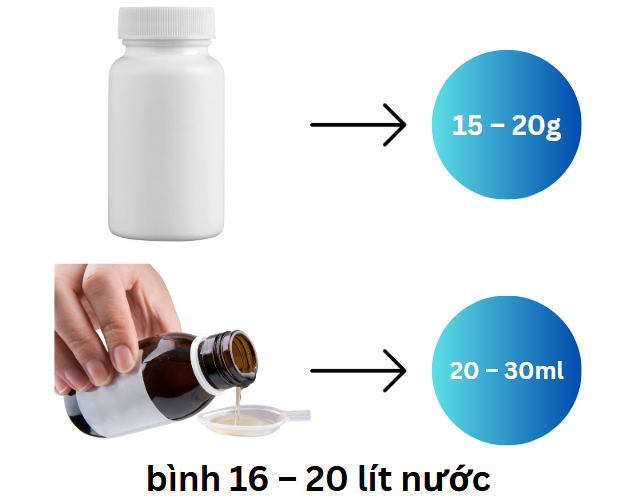
a. Mixing Instructions:
- Mix according to the manufacturer’s label. For example:
→ Use 15–20g of powder or 20–30ml of liquid formulation per 16–20 liters of water. - Stir well in clean water to prevent settling.
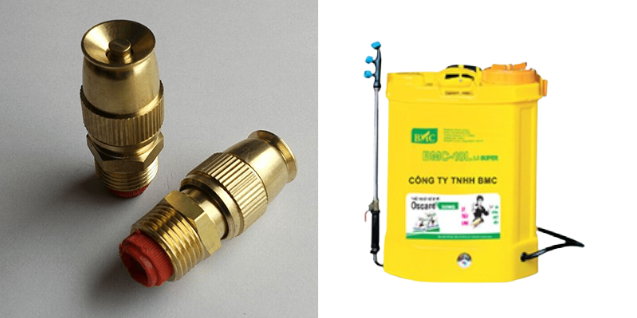
b. Spraying Techniques:
- Use a pressure sprayer or misting spray equipment.
- Spray evenly on both leaf surfaces, focusing on pest-prone areas (stem bases, leaf sheaths, new shoots, etc.).
- Do not spray in rainy or windy conditions or when plants are still wet with dew to avoid chemical wash-off.
5. Important Notes When Using Cartap
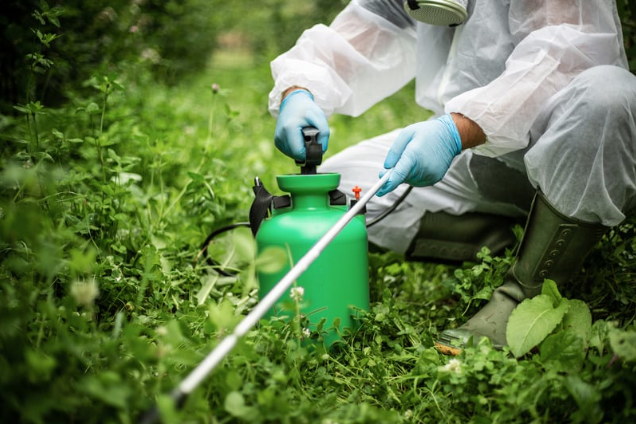
- Do not mix Cartap with foliar fertilizers or alkaline substances (e.g., lime or copper-based fungicides).
- Avoid repeated use more than 2–3 times per crop season to reduce resistance. Alternate with other active ingredients such as Emamectin, Spinetoram, or Abamectin.
- Always wear full protective gear during application: gloves, masks, and safety glasses.
- Pre-harvest interval (PHI): 7–14 days depending on crop and product regulations.
6. Conclusion
Proper use of Cartap Hydrochloride not only effectively controls insect pests but also ensures the safety of crops, farmers, and the environment. Focus on correct dosage, proper timing, and precise spraying techniques to fully harness the benefits of this active ingredient in sustainable agriculture.
Bình luận
Những bình luận mới nhất
